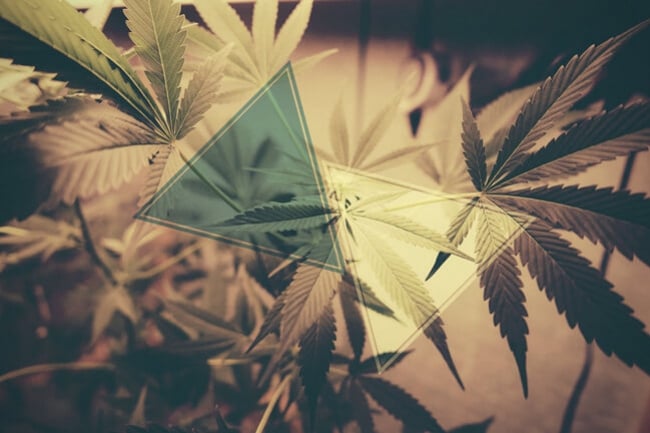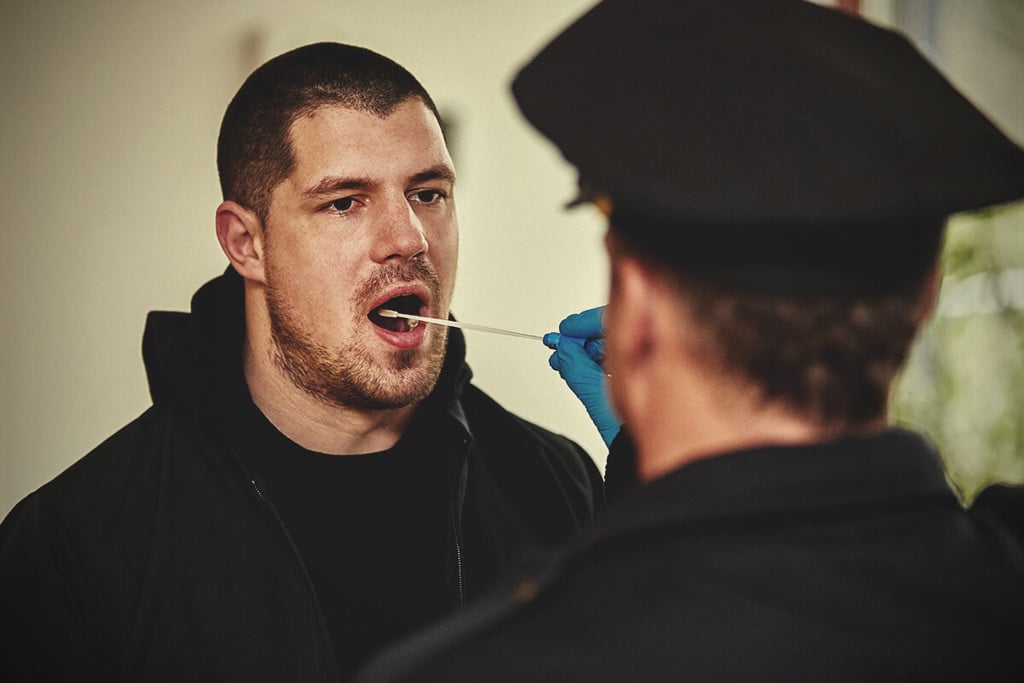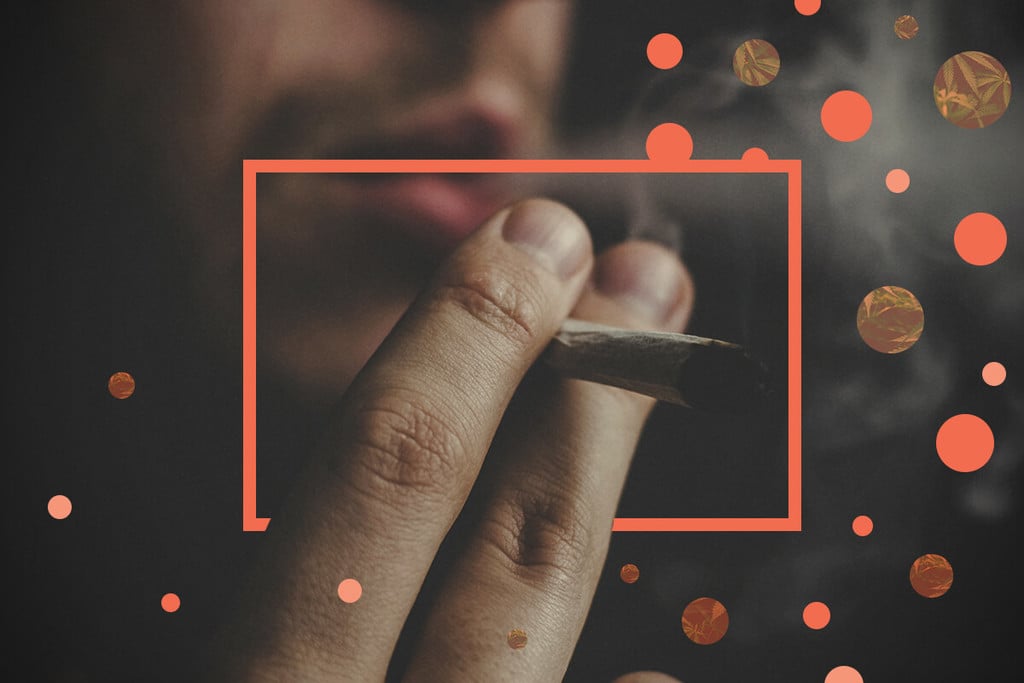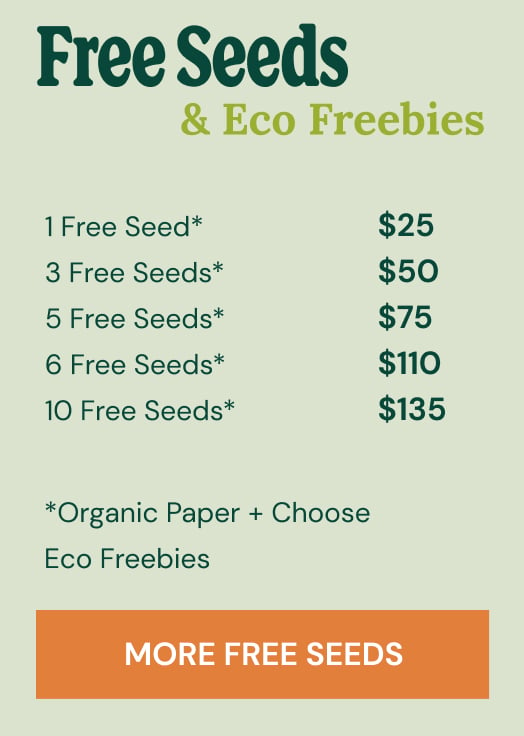.
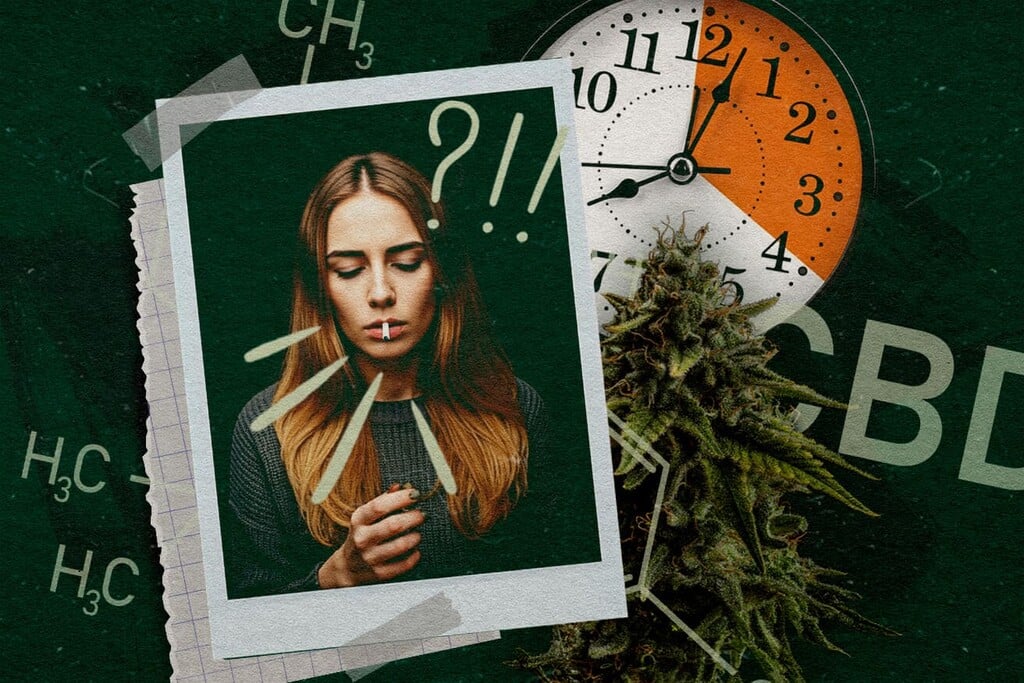
Tips for Easing Back Into Cannabis Consumption After a Break
Taking a cannabis tolerance break helps reset your system and lower your THC threshold. This guide shares how to ease back into weed, choose the right low-THC or CBD-rich products, avoid overconsumption, and understand how long it takes to reset your tolerance—for a safer, more mindful return.
Contents:
Taking a tolerance break can do wonders for your relationship with cannabis. Whether you're looking to cut back, save money, or get more from each session, stepping away for a while helps your body reset its sensitivity to THC. But jumping straight back into your old habits can undo all the benefits.
In this guide, we'll outline practical steps to reintroduce marijuana gently and effectively into your life after a tolerance break. You’ll learn how long it takes to reset your weed tolerance, what happens to your body during a break, how to avoid overconsumption, and which products and strains make for a smoother return to the herb. The idea is to ease in and maintain balance so that you can enjoy cannabis without having to start the cycle all over again.
Understanding Cannabis Tolerance and Tolerance Breaks

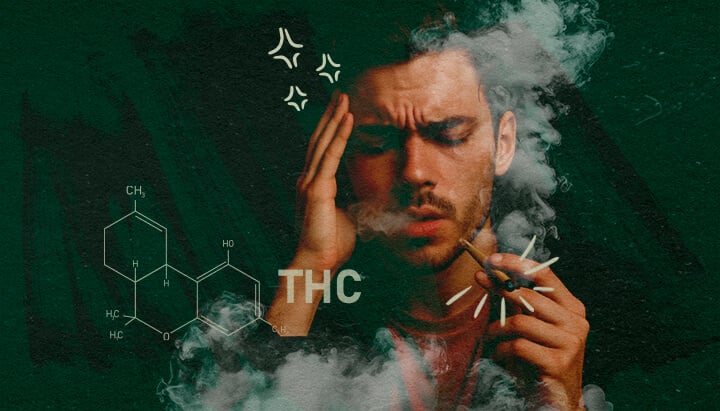
Tolerance builds when your body is exposed to THC regularly. Over time, this reduces your sensitivity to cannabis, meaning you need to consume more weed to feel the same effects. Taking a break allows your system to recalibrate—and it's a healthy thing to do for other reasons relating to mental and physiological health, too.
Why Take a Tolerance Break?
Using cannabis frequently causes your CB1 receptors to become less responsive to THC. As a result, you may find the effects become weaker, even at higher doses.
Benefits of a tolerance break include:
- Improved effectiveness of smaller doses
- Reduced need for frequent use
- Lower cannabis expenses over time
- Greater mental clarity
- Reduced risk of psychological dependence
- Better sleep patterns and energy levels
- Opportunity to re-evaluate how cannabis fits into your lifestyle (or how it doesn't)
For some, it also helps improve their general relationship with cannabis—turning it from a routine into something more intentional, paving the way to a more mindful life.
How a Tolerance Break Resets Your System
After a period of abstinence, the CB1 receptors begin to recover. But how long should a tolerance break be? This can take several days or a few weeks, depending on the length and frequency of prior use. Once your receptors reset, your response to cannabis becomes much more noticeable. This is why many users find they get stronger effects even from small amounts after a break.
Resetting your tolerance can be achieved in as little as 48–72 hours for light users, but heavier users may need several weeks to fully reset.
Best Practices for Reintroducing Cannabis
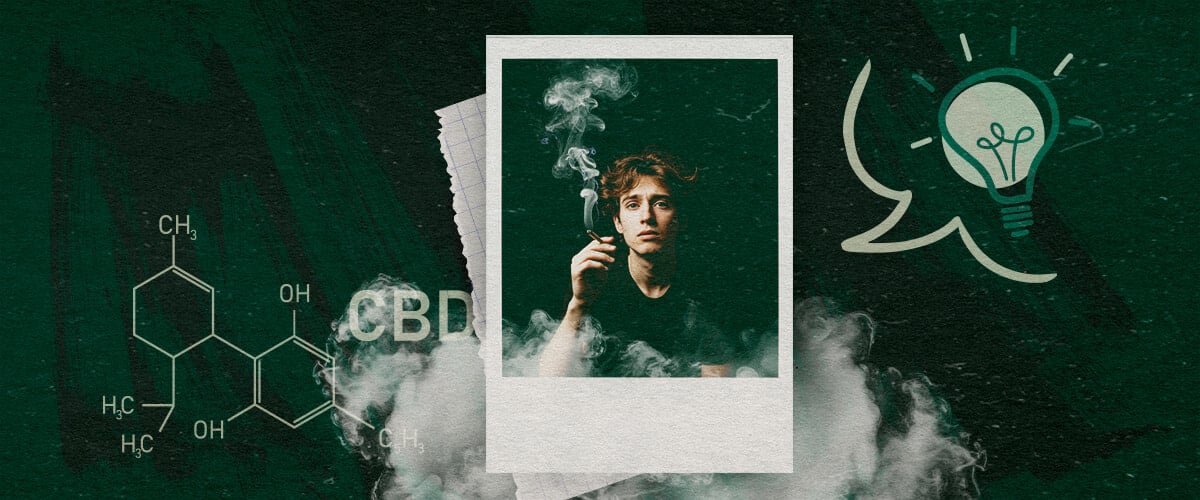

Let's look at some best practices for resuming marijuana use post-tolerance break. To make the most of your weed tolerance break and avoid unpleasant side effects, it's best to go slowly and be mindful about your return. There’s no universal timeline, but a gradual, step-by-step approach works best for most. This allows you to discover the herb's effects on your freshly cleansed brain while avoiding overconsumption.
Here are some concrete tips for easing back into cannabis consumption after a break.
Start With Low-THC or CBD-Rich Products
Jumping straight in with high-THC strains immediately after a tolerance break can easily overwhelm your system. Instead, start with:
- Low-THC flower (under 10%)
- CBD-dominant strains like "Euphoria" or "CBD Therapy"
- Balanced strains (e.g. 1:1 THC:CBD)
These products offer gentler effects and help your body adjust more smoothly. For example, Solomatic CBD and Tatanka Pure CBD are ideal if you're looking to feel relaxed without strong psychoactive effects.
You might also consider experimenting with CBD-only products in the first few days following your break. This can help reduce THC-related anxiety and prime your system for a more stable transition. Another benefit of this is that your body can readapt to inhalation. It's not just your brain trying to recover during a tolerance break; your lungs will be grateful, too.
Microdosing for a Smooth Reintroduction
Microdosing involves taking very small amounts of weed to gauge your response. It helps you find your new tolerance threshold while avoiding any intense high.
Typical microdose levels:
- Inhalation: 1–2 mg THC per session
- Edibles: 1–5 mg THC per serving
- Tinctures: Start with 0.25 ml and observe the effects
Be patient. Take one dose and wait a full day before adjusting. Microdosing also works well for people using cannabis for creativity or productivity, as it allows functional benefits without impairment.
To begin microdosing, you could try a 1 mg THC edible every three days and note how it feels. This can be increased by 1 mg increments every few days if needed. It really makes sense to keep a journal, as it can be hard to gauge the effects otherwise.
Adjusting Consumption Methods
How you consume cannabis affects both the strength and duration of its effects:
- Smoking: Quick onset, less control over dosage
- Vaping: Fast onset, more control, lower temperature use
- Edibles: Delayed effects, stronger and longer-lasting
- Tinctures: Easy to dose, fairly quick onset (15–45 mins)
- Topicals: Non-psychoactive, useful for targeted relief
If you're easing back in, tinctures or vaping may give you the most control over how much you're taking. Tinctures are also discreet and easy to integrate into your daily routine.
Here too, it can help to keep a short diary. Note your consumption method, product, dose, and any physical or mental effects. This builds a useful picture of what works best for your body.
If you previously had issues with overuse or anxiety from smoking, consider switching your method entirely. Trying something new may help break old habits. Keep in mind that sensitivity or anxiety may still occur, even with alternative consumption methods.
Monitoring Your Body's Response
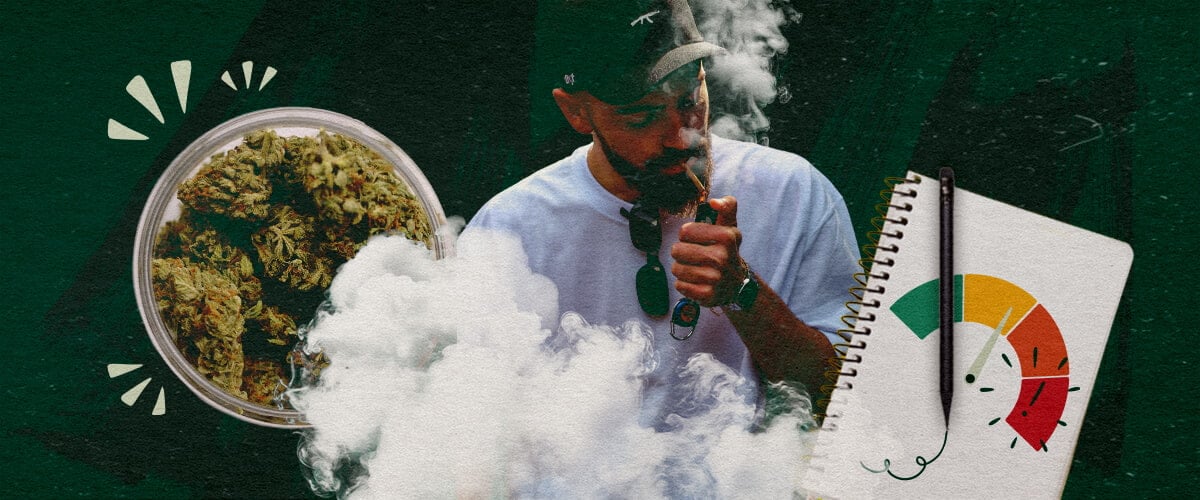
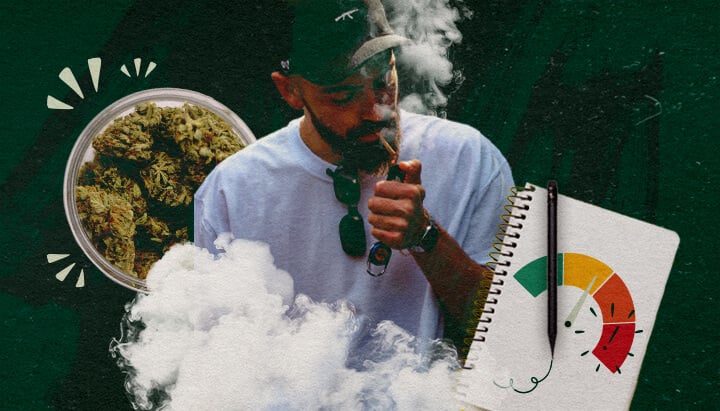
Everyone's body reacts differently after a tolerance break. Pay close attention to how weed affects you now compared to before. This is not just about how strong the effects feel—but how they impact your mental state, focus, appetite, and mood. This is a wonderful opportunity for understanding how weed really affects your life. Try to be honest and adjust your habits accordingly.
Recognizing Your New Sensitivity Level
Signs that your tolerance is still low:
- You feel effects quickly and strongly from small doses
- Physical sensations are more pronounced
- You feel high for longer than expected
- Heightened sensory perception or stronger body sensations
- More introspective thoughts or emotional release
This sensitivity is a sign your system has reset. Enjoy it—but don’t push it. Keeping doses low helps preserve this sensitivity longer, delaying the need for another break.
It’s also a good time to evaluate what aspects of the high you enjoy—and which you don’t. By starting small, you allow yourself to shape your experience more intentionally. It may also help you to understand at what time or in what contexts it makes sense for you to smoke. Again, be honest with yourself and make sure the herb works for you, not against you.
Avoiding Overconsumption
After a THC tolerance break, it’s easy to accidentally overdo it. Some signs you may have consumed too much:
- Racing thoughts or anxiety
- Dry mouth, red eyes, or dizziness
- Fast heartbeat or confusion
- Trouble staying grounded or focusing
- Unexpected fatigue or mood swings
Tips to stay on track:
- Wait at least 60 minutes between doses (especially with edibles)
- Use a journal to track your intake and effects
- Choose calm, familiar environments
- Don’t combine cannabis with alcohol or other substances
- Avoid consuming on an empty stomach
Having a trusted friend nearby can also help, especially if you feel nervous about using cannabis again after a long break. In any case, make sure you're around people whose company you enjoy.
Recommended Strains and Products for Post-Break Use
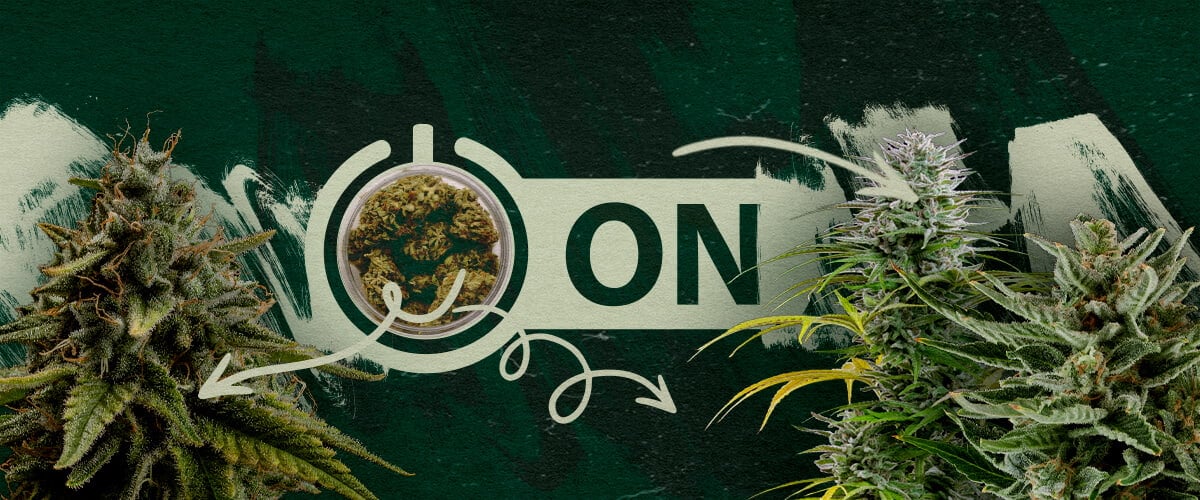
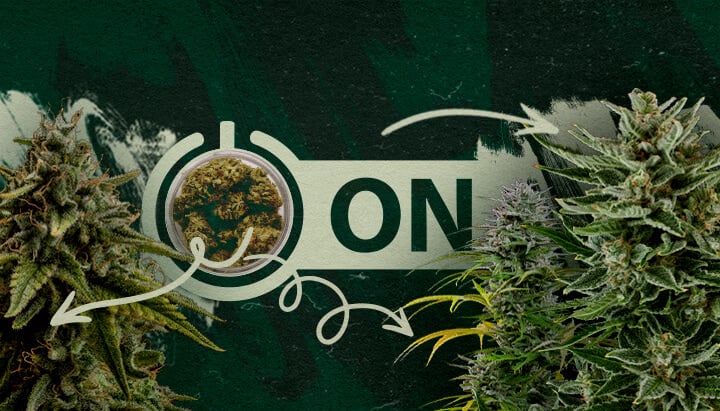
Choosing the right products makes a big difference when you're easing back into cannabis. Here are some options that can help you reintroduce weed safely and enjoyably.
Best Cannabis Strains for Easing Back In
- Easy Bud: THC around 12%, mild effects
- Speedy Chile: THC around 16%, comfortable and controlled high
- Cosmos F1: THC around 0.5%, great for a very gentle start
- Solomatic CBD: Nearly no THC, relaxing effect
- Tatanka Pure CBD: Rich in CBD, very gentle
- Joanne's CBD: Offers mild relaxation and mental clarity
These strains offer a soft return with a lower risk of feeling overwhelmed. You can also try mixing them with regular flower to reduce the THC concentration in your joint or bowl.
You might also consider rotating strains. This helps reduce tolerance build-up and can prevent over-reliance on a single profile of cannabinoids or terpenes. And needless to say, it's exciting to try something new.
Choosing the Right Products
Pre-measured products give you more control over how much you consume:
- Edibles: Look for 2.5 mg or 5 mg servings
- Tinctures: Offer consistent doses with a dropper
- Vape pens: Choose low-THC cartridges for measured puffs
- Capsules: Ideal for precise dosing, especially for medical users
CBD oils and isolate products are also good if you're still unsure. They let you ease in gently without triggering a full psychoactive effect.
Transdermal patches, although less common, can also offer precise and gradual delivery of cannabinoids without the typical peak and crash of inhaled methods.
Common Challenges and How to Overcome Them
It’s not unusual to feel a bit off when reintroducing weed after a break. Below are common issues and how to manage them.
Feeling Too High Too Fast
Even small amounts can hit hard after a weed tolerance break. If you find yourself feeling uncomfortable:
- Hydrate: Drink plenty of water (steadily)
- CBD oil: Can counteract THC effects
- Deep breathing: Helps calm the nervous system (check YouTube for instructions if you're unsure)
- Lie down: Rest in a quiet, dark room if needed
- Peppercorns: Chewing black peppercorns may help reduce anxiety
Another technique is to engage in something low-stress—like a walk, light music, or a simple video game—to shift your focus.
Also, unfamiliar environments or overstimulation can make a high overwhelming—set and setting still matter. And of course, good company makes a huge difference.


Anxiety or Paranoia After a Break
Cannabis sensitivity often increases after a break, which can lead to anxious thoughts. You might also experience stronger introspection, which can feel intense.
Ways to reduce anxiety:
- Choose CBD-rich or balanced strains
- Stay in familiar, safe surroundings
- Use cannabis during the day to avoid sleep disruption
- Try calming activities like walking or listening to music
- Avoid high-THC edibles, especially at night
Use your tolerance break as a chance to reassess your goals with cannabis. Reflect on why you use it and what you want to get out of it going forward. Also, consider what it is actually doing for you against this backdrop.
If anxiety persists over several sessions, consider taking another short break and trying again with lower doses or different products. And if none of it works, reconsider your cannabis consumption altogether. It's meant to be fun and/or helpful, and you certainly don't have to do it.
Reintroducing Weed the Right Way
Taking a break resets your system and gives you a chance to experience cannabis more clearly again. But how you return makes all the difference. Start slow, pick low-THC or high-CBD products, and monitor how your body and mind respond. Whether you're smoking, vaping, or eating edibles, always give yourself time to adjust.
There's no need to rush. The goal is to enjoy cannabis again with better results, fewer side effects, and greater awareness of what works for you. Think of it not just as resuming a habit but as starting a new relationship with cannabis built on intention.
You may even find that less really is more. With a mindful approach, it’s possible to get more out of cannabis with lower doses, fewer sessions, and better long-term outcomes.
- Rapid Changes in CB1 Receptor Availability in Cannabis Dependent Males after Abstinence from Cannabis - PubMed https://www.ncbi.nlm.nih.gov
- Cannabidiol is a negative allosteric modulator of the cannabinoid CB1 receptor - PubMed https://www.ncbi.nlm.nih.gov
- https://www.sciencedirect.com/science/article/pii/S0376871613002962
- Cannabidiol enhances anandamide signaling and alleviates psychotic symptoms of schizophrenia - PMC https://www.ncbi.nlm.nih.gov


























